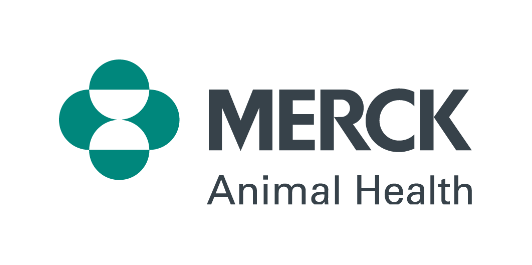Creating Connections: Working Together for Cattle Well-being
A new program, Creating Connections, is helping cattle-handlers around the world learn how to use the right body language to communicate more effectively with their herds.
The program provides resources and videos from real cattlemen to help teach cattle-handlers about a technique known as “stockmanship,” or working with cattle with “nothing in the hands.” Stockmanship involves an unspoken language between human and animal that has been scientifically proven to reduce stress, encourage play, and improve cattle well-being and the overall health of the herd.
“The program teaches handlers how to connect and interact with their animals to create a healthier, safer and more enjoyable environment for humans and cattle,” says Tom Noffsinger, a veterinarian who has worked in the cattle industry for more than 40 years.
Building Trust
More than a billion cattle inhabit the planet. They are social animals that naturally follow leaders they trust. Building that trust is somewhat of an art.
“Stockmanship techniques allow the handler to connect with animals, such as cattle, horses and pigs, so they voluntarily follow the handler’s lead,” says Dr. Noffsinger. “There are no prods or shouting involved. It’s more of a gentle, constant series of handler movements that tell the animals what you need them to do.”
Cattle must be moved for a variety of reasons. They may require vaccination or an examination by a veterinarian. They may need respite from extreme cold or heat. Often, they need to be transported to a new yard or farm.
Studies show that when cattle remain calm during their day-to-day activities, they are:
- Easier to handle
- Easier to examine, diagnose and treat
- Easier to move
“When animals are comfortable with their handlers, they don’t get stressed, their immune response is stronger, fertility rates go up and the animal performs better overall,” says Dr. Loureiro.
The Unspoken Language
“At Merck Animal Health, we have a responsibility to share best practices and innovative concepts that continuously improve herd health,” says Paulo Loureiro, veterinarian.
Through Creating Connections, stockmen learn to appreciate the visual field of cattle and what it means when cattle turn their heads to ask for guidance. They learn where and how to stand, as well as the importance of constant, rhythmic movement.
“If cattle do not trust the handler, they will not be honest about how they feel. They don’t want to be viewed as weak, so they will hide their fatigue, lameness or pneumonia when the handler is around,” says Dr. Noffsinger. “But if they trust us, we can see the true state of their health and take steps to care for them.”
To learn more about Creating Connections, visit www.creatingconnections.info.
Did You Know?
- Cattle want to be able to see simultaneously the person providing guidance and the herd’s destination.
- Talking to or shouting at cattle is of no use. They are distracted and confused by the sound of a human voice.
- Cattle that lift their heads to observe a handler are most likely the leaders in the herd. By establishing a connection with these individuals, handlers can get a pen full of cattle to move to an entirely new location in a matter of minutes.
- Always approach cattle from the front of the herd and never from the rear.
- Licking, chewing and drinking water around the handler are all signs that the cattle are calm and trust the person in the pen with them.
